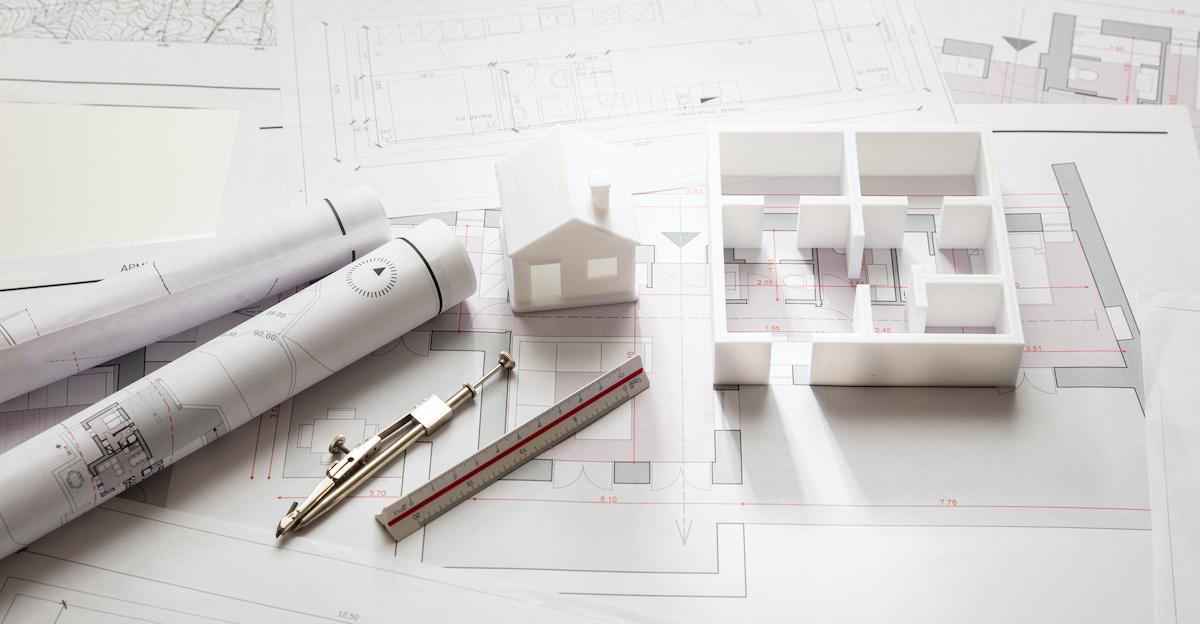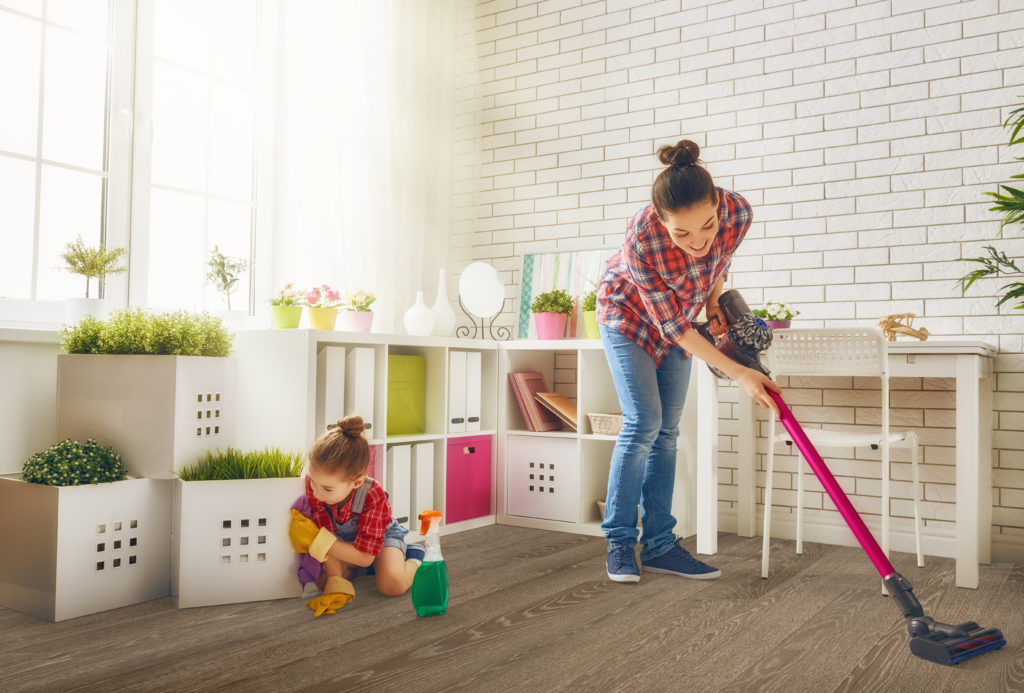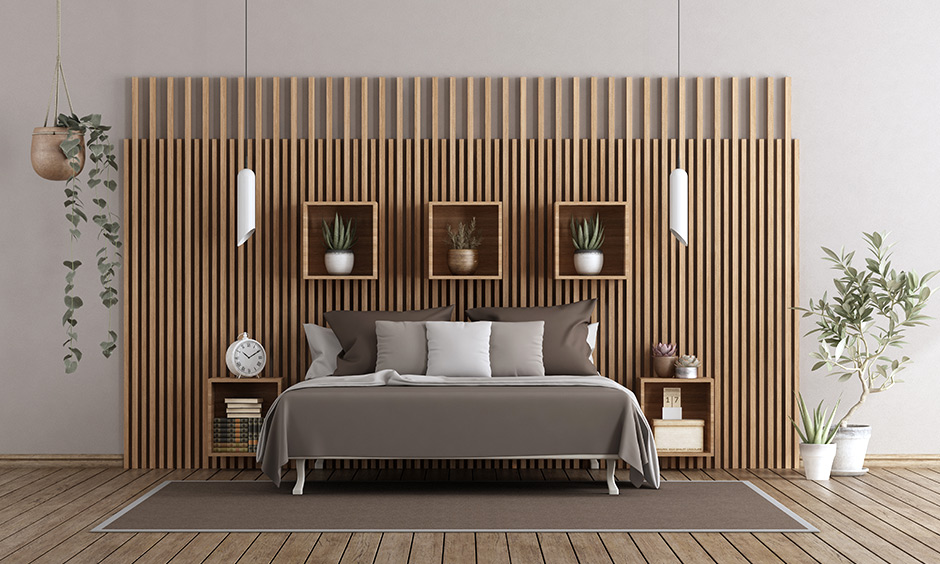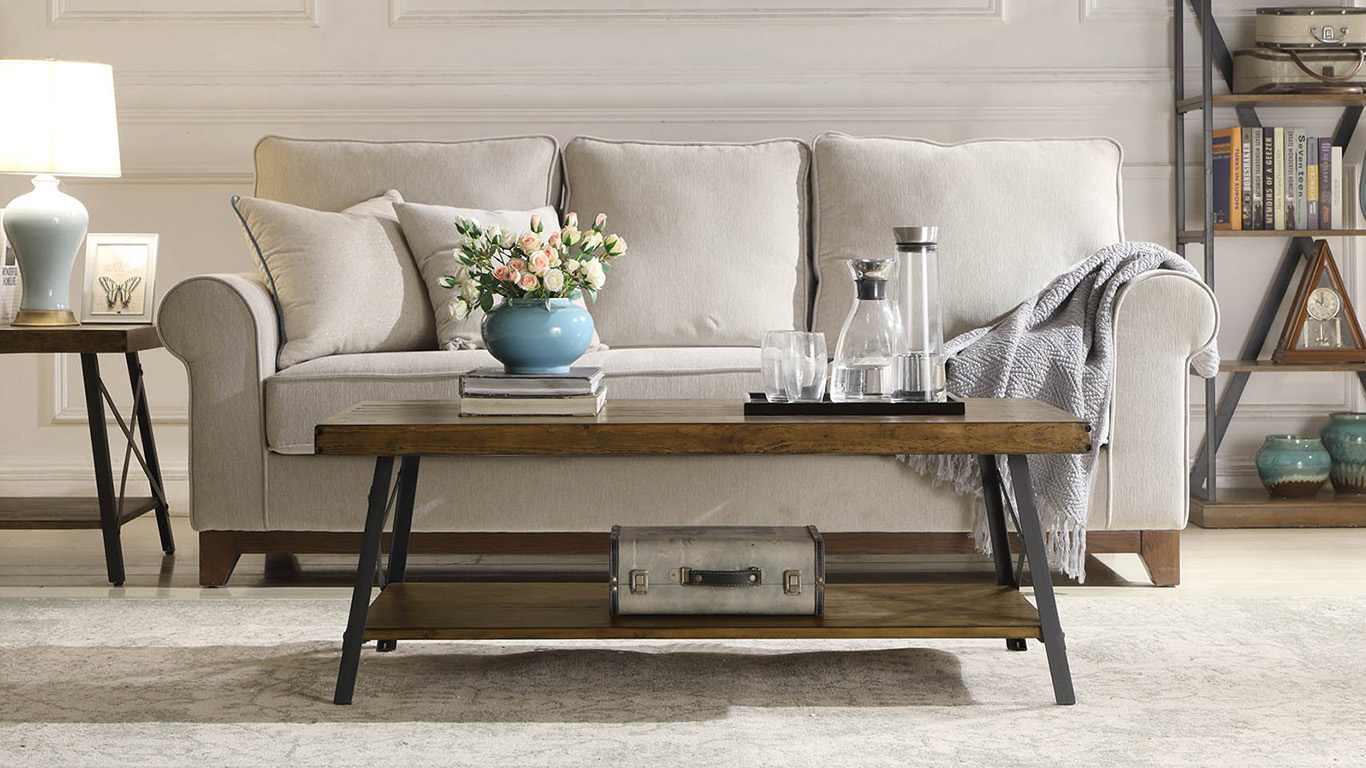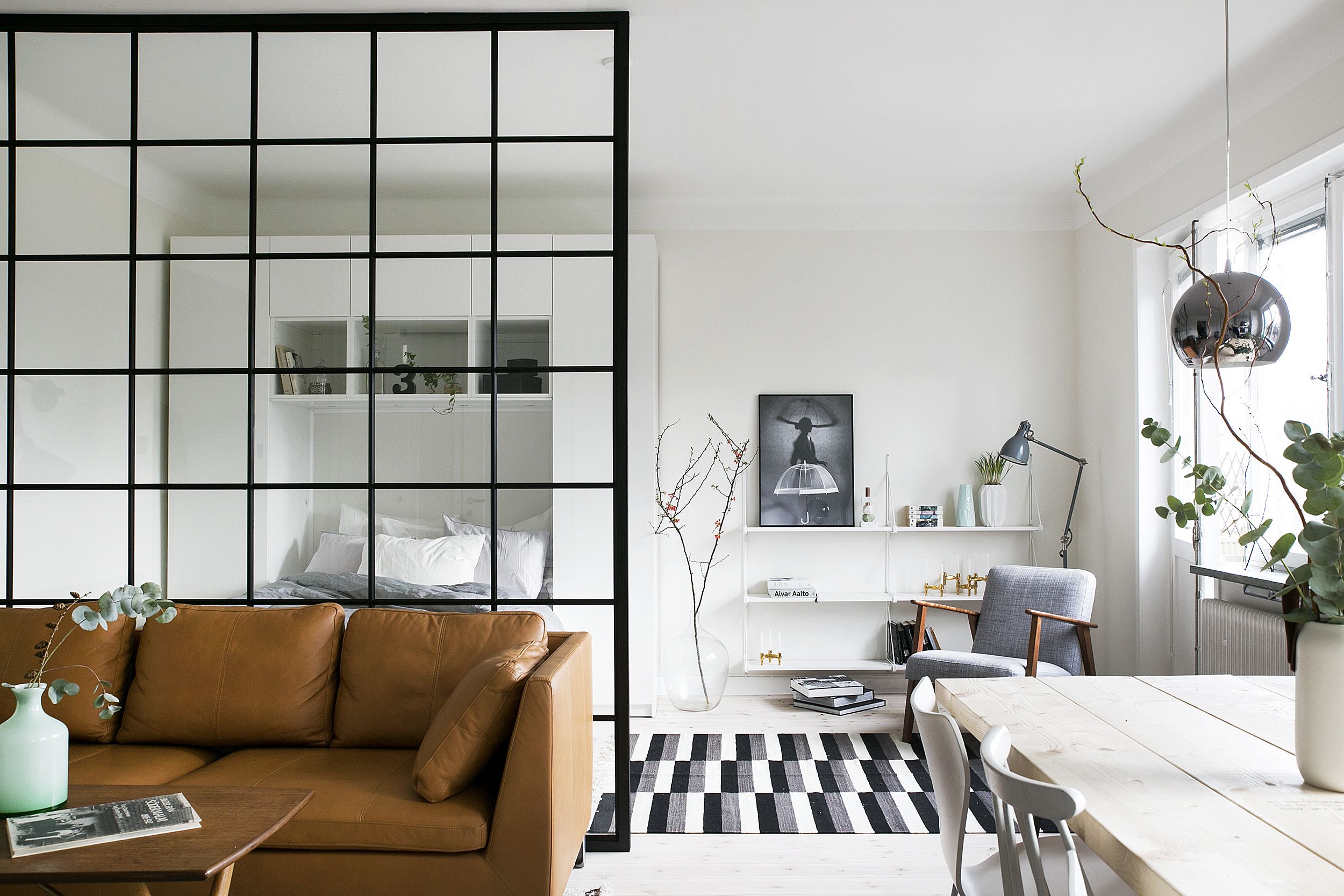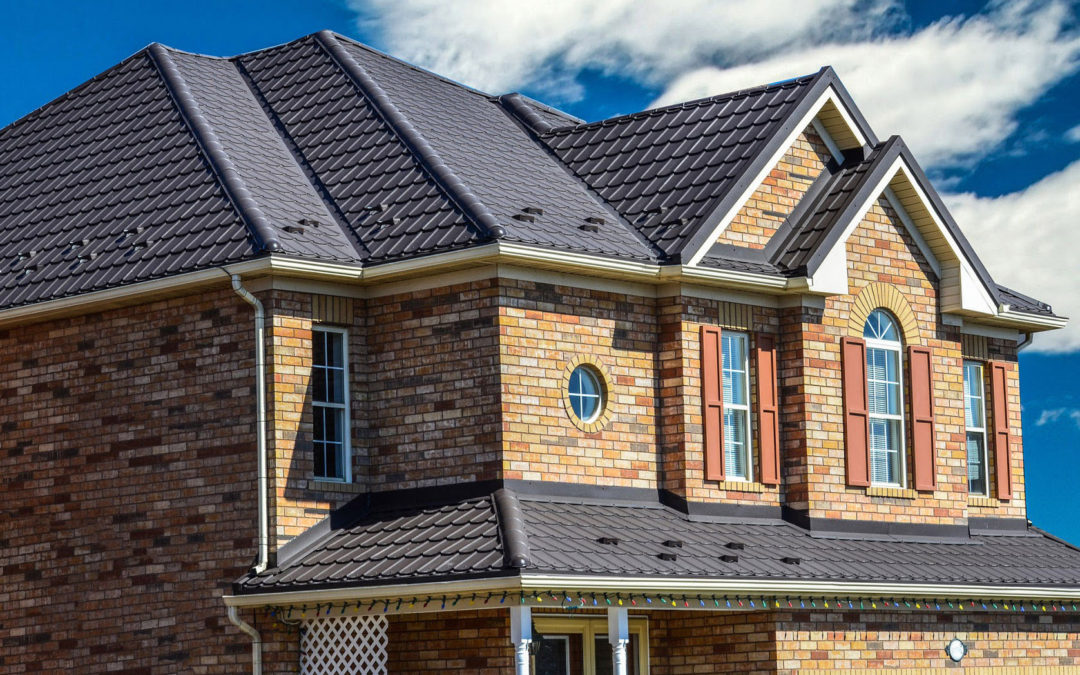
With summer coming in fast, it’s time to start thinking about what you’re going to do to keep your home cool during the hot summer months. If you have an air conditioner, this is probably going to be your first line of defense against those hot summer days when you simply can’t cool off. But if you haven’t prepared your air conditioner for use, you could find that it doesn’t work as it should the first time that you turn it on.
To help ensure that this doesn’t happen to you, here are three tips for prepping your air conditioner for the summer.
Get Your Unit Serviced Before You Want To Use It
Prior to the time of the year when you plan on turning on your air conditioner for the first time, it’s wise to set up a professional to come take a look at your unit and service it in any necessary way. While you can take a look at things yourself, unless you actually know what you’re doing, this likely won’t prove to be very effective for you. But if you have someone with experience who can come and service your unit, you’ll be sure that it will work as it should when you first turn it on.
To make sure that you’re not left hanging when the weather starts to warm up, try to schedule your service well before you think you’ll want to use your air conditioner. This way, you won’t be competing with all of the other customers to have someone quickly come to their house before things start heating up too much.
Give It A Good Cleaning
While a professional air conditioner repair person will be able to come and take a look at your unit and how things are running, they likely won’t do much cleaning of the unit for you. Luckily, this is something that you can easily do on your own.
For the outside part of your air conditioning unit, you’ll want to vacuum the fins with a soft bristle brush attachment to get all of the dirt and debris off. This will help your unit to run much more efficiently.
Replace Your Filters
If your HVAC unit has been used in the winter months, you’ll want to make sure that you replace your filter before you start using it for summer, too. When the filter gets clogged, your unit will have to work a lot harder to push air through and get that air cool. But once the filter is replaced with a clean new one, your unit will be able to operate much better for you.
If you want to have your air conditioner ready for when the heat of summer comes your way, consider implementing some of the tips mentioned above to help you prepare your unit.
